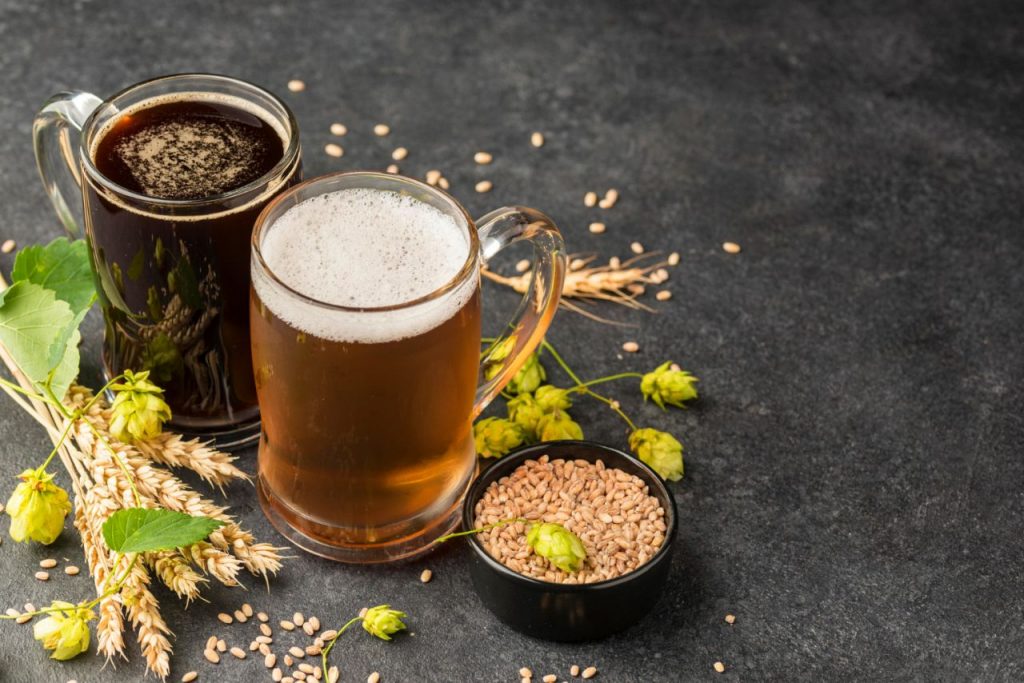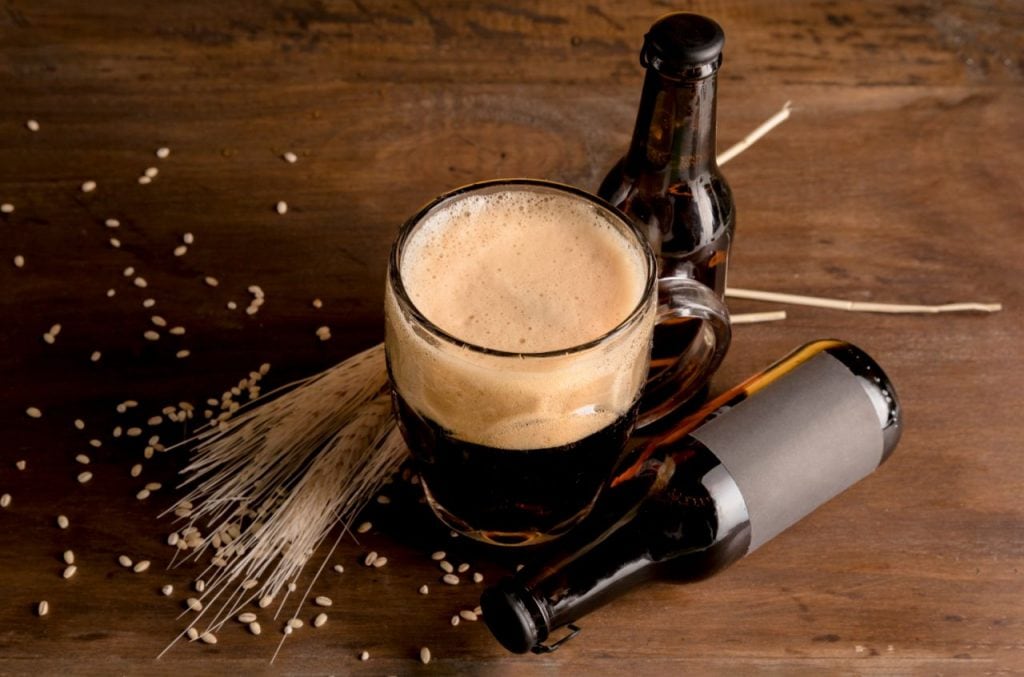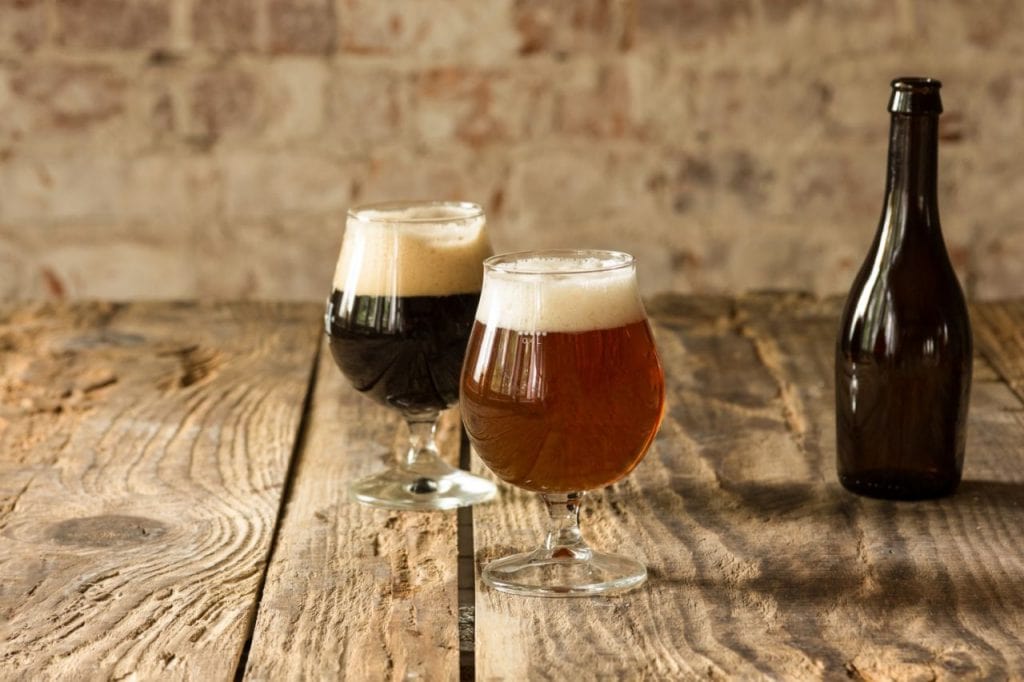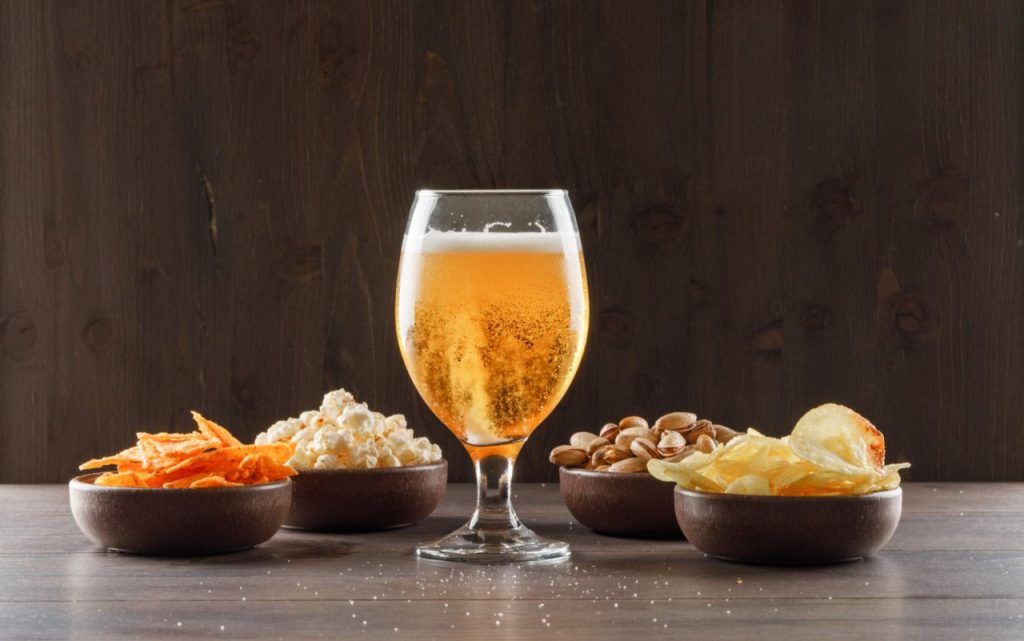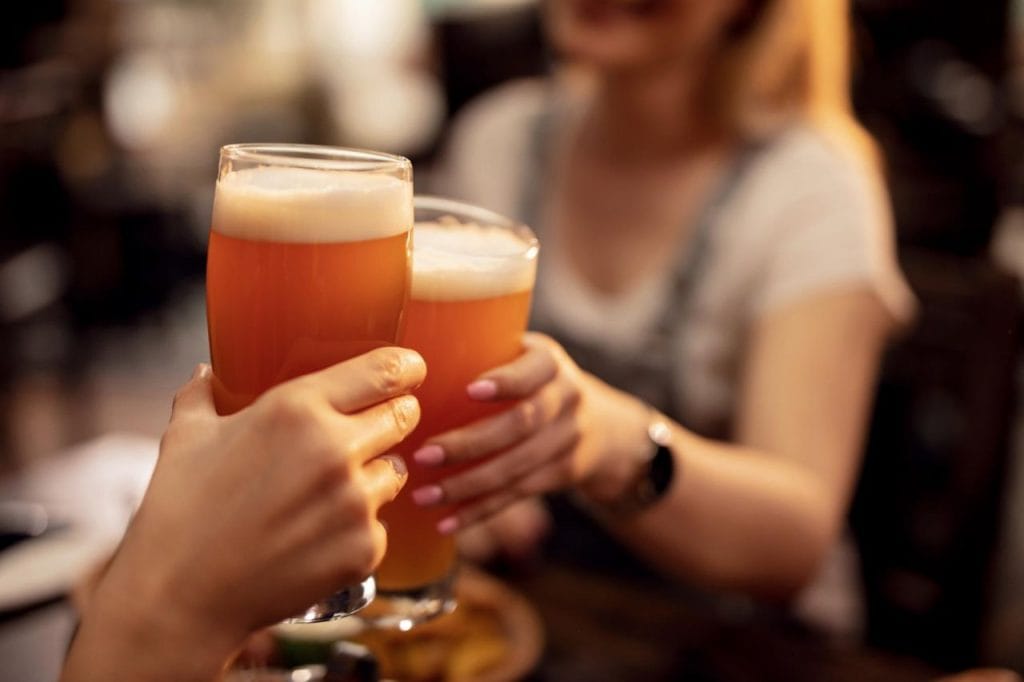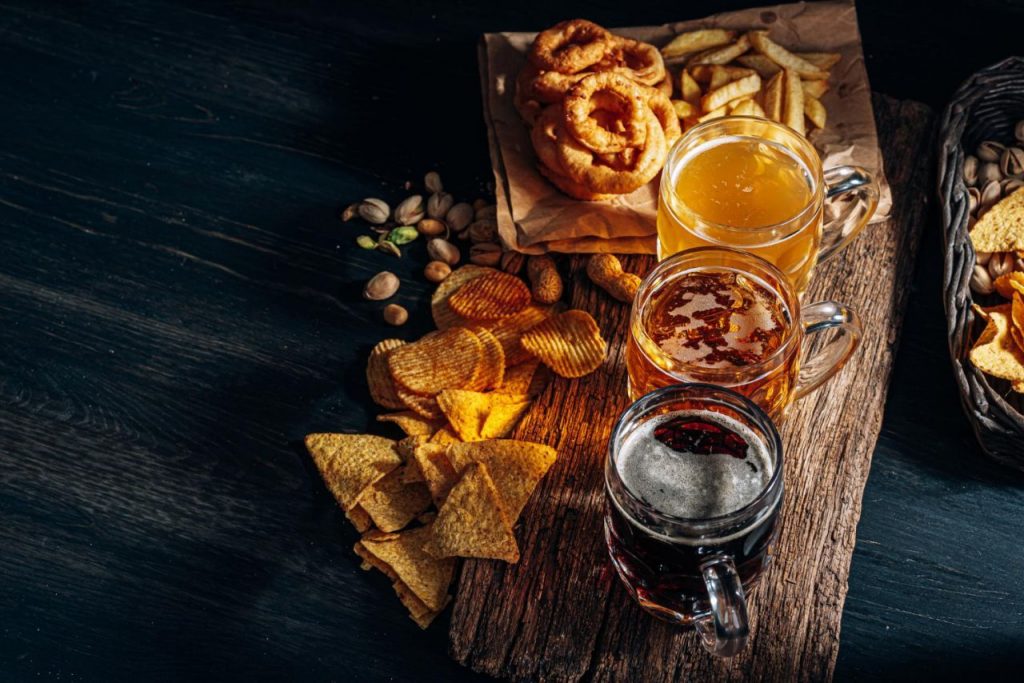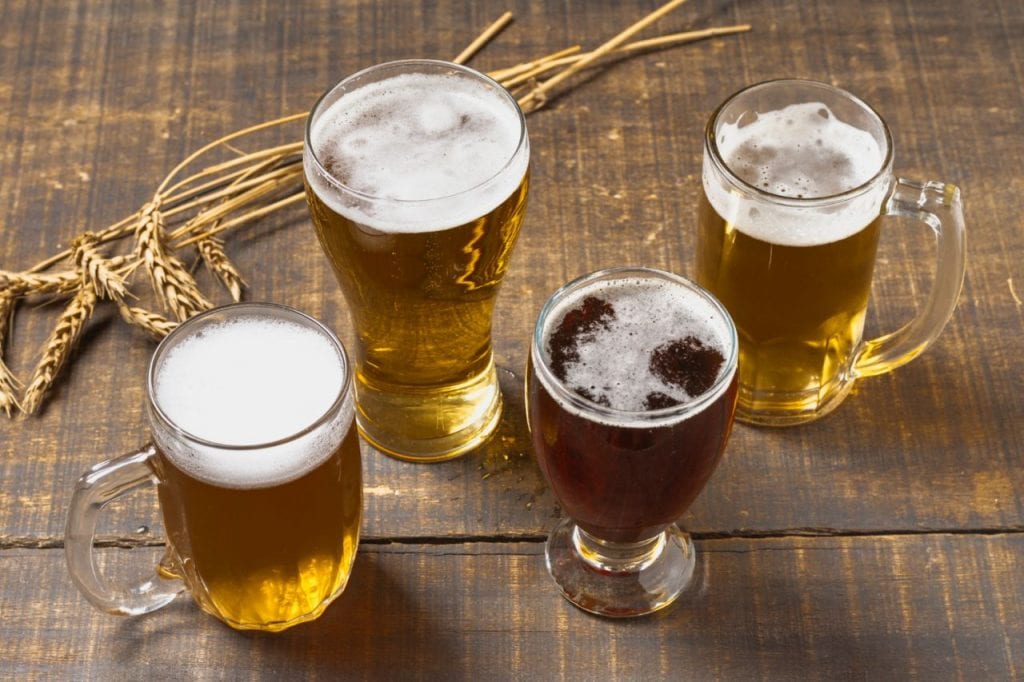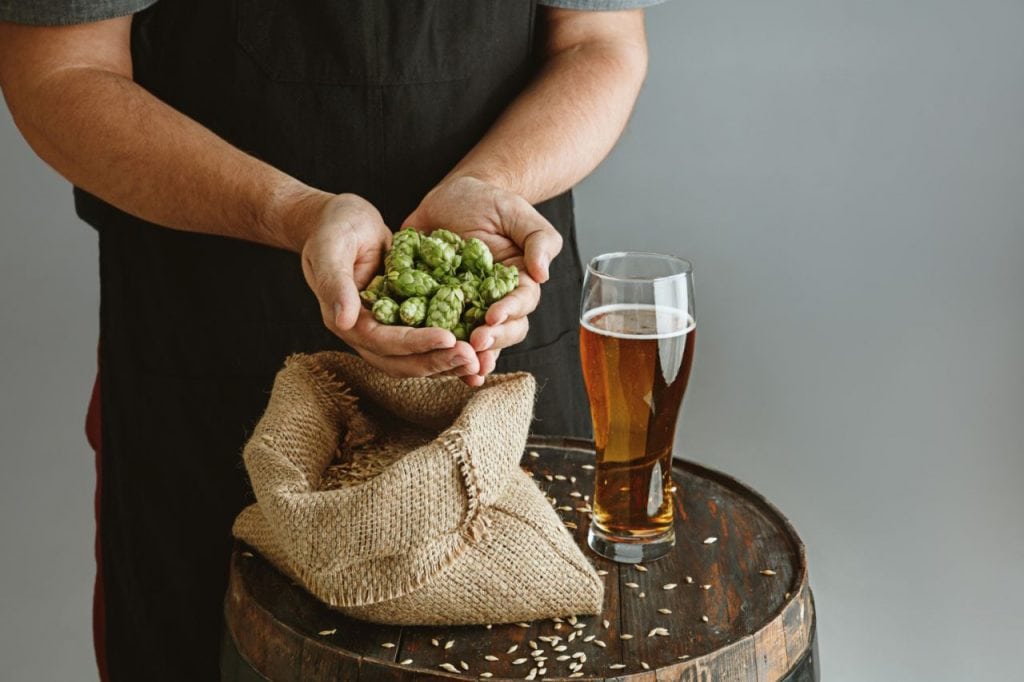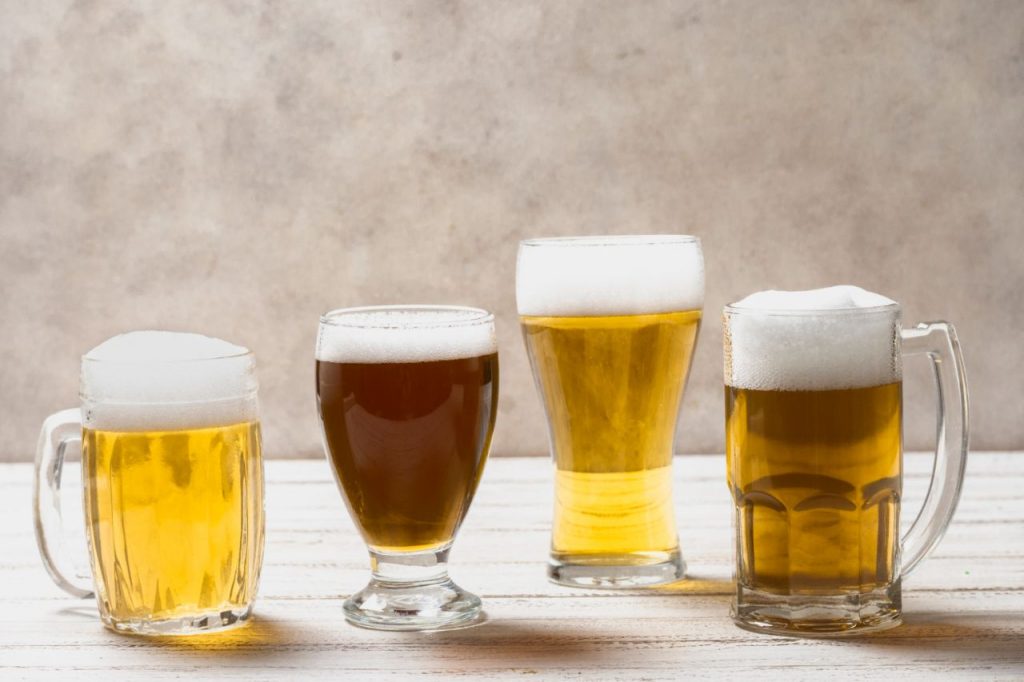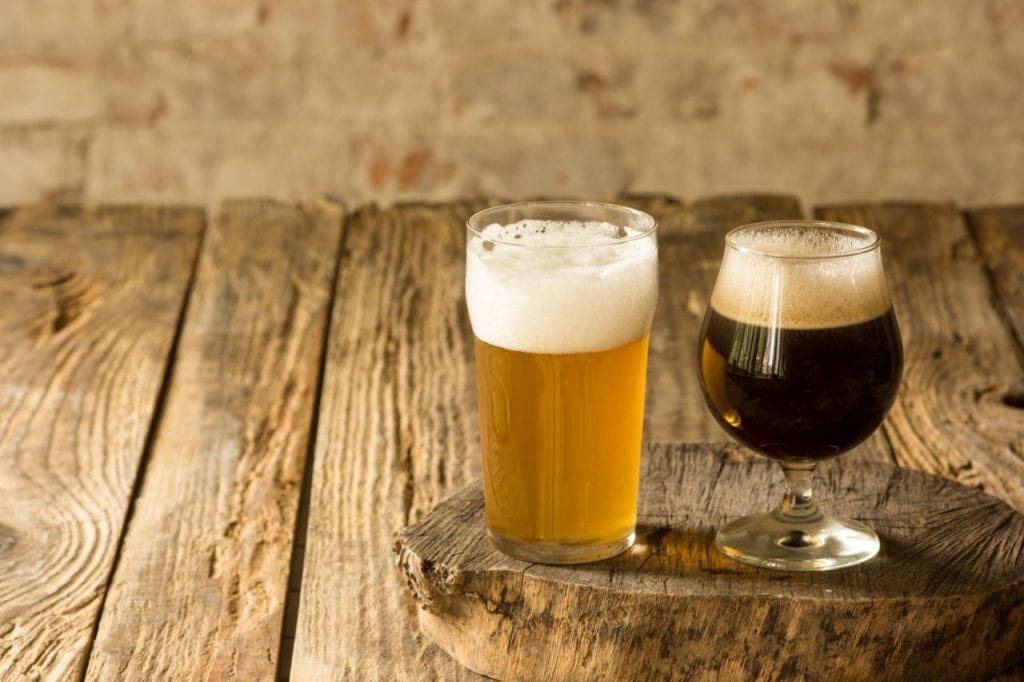Welcome to the bubbly world of beer brewing! Are you wondering, "Is it hard to learn to brew beer?"
Fear not, my hops-loving friend, because we're about to take you on a sudsy journey through the ins and outs of brewing your beer. From malt to hops, yeast to water, we'll cover it all and give you the knowledge you need to become a master brewer.
Enrich your taste journey today by coming down for an unforgettable tasting experience at Tar Barrel Mornington Brewery & Distillery! So grab a pint, and let's get started!
DIY Beer Making
Homebrewing is easier than you think. Nonetheless, it does necessitate a degree of accuracy and focus.
Maintaining high standards of cleanliness throughout is essential. In this piece, we'll examine the various challenges inherent in beer brewing.
Ensure That Your Tools Are Clean
Sanitising your tools is a must before you even start producing beer. In addition, performing a double round of sanitation is recommended to reduce the likelihood of contamination.
Start by washing everything with a gentle, fragrance-free detergent. Afterwards, use a sanitiser that is safe for contact with food. Finally, cleaning your tools will prevent bacteria from spoiling your brew.
It's a smooth process, but it can take some time.
Buying a beer-making kit is a good idea if you don't have one. A good beer brewing kit will include all the tools and sanitation supplies you'll need to create your batch of beer.
Mash Your Grain
You can start mashing your grain as soon as your machinery is prepared. Next, you'll add sugar to your brew by mixing your chosen grain and hot water.
While not particularly challenging, mashing does call for focused effort. You need to keep the brew at a constant high temperature and stir it often if you want to achieve a flavorful result at this point.
Remove the Malt From the Grains
After the mashing is complete, the lautering process can begin. At this step, the grain is removed from the wort. While all lautering methods require effort, some are more laborious than others.
Hot water is often sprinkled onto the grain bed during lautering after mashing. The sparging process is relatively difficult since it requires constantly sprinkling hot water over grain and monitoring the drainage of wort from under it.
But, if you consider the sparging procedure too complicated, you can always lauter without sparging. A single addition of hot water to the mash and subsequent draining of the wort is required in this scenario.
Although sparging adds some complexity, it is strongly suggested. Beers' flavours can be enhanced by sparging, which also improves the lautering process.
Boiled Mixture
You will now boil your mixture to eliminate oxygen and lower the pH. The boiling phase is straightforward, but things can get tricky when hops are introduced.
Improve the beer's flavour by adding hops while it's boiling. It's crucial to time the addition of hops to the boiling process just right. When the paste starts to thicken, that's when you want to do it.
Don't worry; with practice, you'll learn how to determine when it's time to add the hops.
Cool the Mixture
As soon as the boiling process is finished, the next step is cooling. Infectious microorganisms in the beer are therefore avoided. However, large batches, or those cooled in an ice bath, can make cooling a hassle.
The wort container is placed in an ice bath and cooled in this manner. If you want the ice to be equally distributed throughout the wort, you must stir it constantly. Aside from keeping an eye on the wort temperature plus topping out the ice, there are a few other things you need to do.
You may utilise a wort chiller to simplify this process. A wort chiller is a device that monitors the temperature of a wort and brings it down to a usable level with minimal intervention from the user.
Check Your Gravity Reading
Fill a fermenting vessel with the wort. The next step is to measure the gravity of your brew using a hydrometer. Using a hydrometer is a straightforward process.
Two samples of wort are recommended for the analysis.
Brew With Yeast
If the reading is good, you can proceed with pitching your combination. When you pitch yeast into your beer, you initiate fermentation.
Dry yeast is easier to work with than liquid yeast. In addition, yeast can be added to the beer if you have dry yeast.
Liquid yeast requires activation before being added to the brew. Therefore, before you add your liquid yeast to the mash, you need to activate it by adding a yeast starter.
Ferment Your Mash
Brewing beer is rather simple, especially during the fermentation phase. Secondary fermentation, though, might make things trickier.
Your mash's active fermentation, or primary fermentation, is a simple process. This takes place inside a container equipped with an airlock to allow for the controlled release of carbon dioxide. However, if you want to get the most out of your brew, you should begin secondary fermentation as soon as the carbon dioxide release begins.
Because it improves the beer's flavour and clarity, secondary fermentation is our go-to. This step moves the beer from the primary fermenter to a secondary fermenter. This enhances the yeast's productivity and the sugar's breakdown.
Brewing beer with secondary fermentation can bring a new level of complexity, though.
Bottling
Beer should be bottled when fermentation has finished, which takes around two weeks.
- Bottles, bottle caps, buckets, bottle fillers, and transfer hoses should all be washed thoroughly. Clean your bottles with a bottle brush.
- Priming sugar and water (16 ounces) should be brought to a boil. Just pour it into the bottling bucket when it's cooled down.
- Bring the beer over here. Pour the beer from the fermenter into the bottling bucket using a syphon. Leave as much sediment as possible to get the most out of your fermenter.
- Bottle up the contents. Connect the hose to the bottle filler and the bottle filler to a spigot of the bottling bucket. Please turn on the water source for the bottling bucket, then lower the bottle filler to its lowest position.
- Use bottle caps as well as a bottle capper to seal the bottles.
- The bottle's shelf life is about two weeks when kept at room temperature. This will allow the beer to carbonate properly.
Reasons to brew your beer
You're Going to Like It.
Put, home-making beer is a lot of fun. Getting started is a breeze; once you're underway, you'll have one of the most enjoyable afternoons possible. Brewing is a terrific way to relax and spend some quality "me" time by yourself, but it's also fun to do with a friend.
You'll learn to appreciate quality beer more now that you've had some.
Brewing your beer is a great way to learn the ins and outs of the beverage you've enjoyed for years. Homebrewing is the way to go if you want to develop a taste for premium beer. So the next time you're relaxing in a bar with a pint, you might think about the beer's long journey before ending up in your glass.
You'll change your perspective on beer once you start brewing at home. It is a positive development.
Your Favorite Beer Will Always Be Available.
When your favourite beer is out of stock at the liquor shop, it ruins your day. A real downer if you ask me.
As you take on the role of brewmaster, you ensure a steady supply of your preferred beer. That seems too wonderful to be true. Brewing the beer style, you enjoy the most is easier than you think. It's all about using high-quality materials and taking your time.
You'll Meet Some Cool People.
Suppose you decide to take up homebrewing as a hobby. In that case, you'll quickly discover a vast and friendly online community full of people eager to share their knowledge and enthusiasm with you. People who enjoy beer tend to be decent, and now that you're brewing your own, you'll have something in common with generations of homebrewers before you.
You’ll Save Money.
To save money, brew your beer. After the initial investment in equipment (which can begin at as little as $87.99), the overall cost per batch is modest, as low as $0.66 per beer.
You're making excellent craft beer, and it's fresh. You're getting a pretty sweet deal if you compare it to the cheapest beer at the corner store.
You'll Get To Believe You're A Crazy Scientist.
If you're elbow deep in your latest homebrew, you might feel a little bit like a mad scientist among the bottles, tubing, thermometer, and brew pots. However, this is an experiment you can conduct even if chemistry has never been your strong suit. The brewing process is simple in comparison to practising a manic laugh.
You'll have a Sense of Creativity.
It may take some time to find your creative groove when it comes to homebrewing; however once you understand that the possibilities for your recipes are virtually endless, you'll feel like that an artist at work.
You'll Love Your New Creation.
It's very rewarding to see a large project through to completion, like a batch of homebrew. It's a great feeling to have accomplished something new, whether it's a new talent or a new interest, something you and your loved ones can share in and enjoy.
You'll Have a Reason to Celebrate.
When it comes to shared experiences, your homebrew will serve as the ideal pretext for gathering all your closest friends for a round of tastings. Of course, everyone is going to be impressed that you made such a tasty brew, and you'll get to enjoy your beverage in the company of those who appreciate it. And isn't that the whole point of making beer at home?
Conclusion
Homebrewing is less difficult than you may imagine, but it does take attention to detail and concentration.
You should always use clean equipment, and if you don't already have one, a beer-making kit is a smart investment. The addition of hops during the boiling phase, known as sparging, increases the complexity of the lautering process but can result in a more flavorful beer.
A hydrometer can be used to determine the gravity after the mixture has been cooled using a wort chiller. Introduce yeast into the brew to start the fermentation process.
Secondary fermentation in the brew kettle yields a clearer beer with enhanced flavour. Having the ability to brew your own beer at home is a great innovation since it reduces costs, opens doors to new social circles, and guarantees a consistent supply of your favourite beverage. The act of brewing your own beer at home may be a source of pride and joy.
Content Summary
- Fear not, my hops-loving friend, because we're about to take you on a sudsy journey through the ins and outs of brewing your beer.
- From malt to hops, yeast to water, we'll cover it all and give you the knowledge you need to become a master brewer.
- Maintaining high standards of cleanliness throughout is essential.
- In this piece, we'll examine the various challenges inherent in beer brewing.
- Buying a beer-making kit is a good idea if you don't have one.
- A good beer brewing kit will include all the tools and sanitation supplies you'll need to create your batch of beer.
- You can start mashing your grain as soon as your machinery is prepared.
- A single addition of hot water to the mash and subsequent draining of the wort is required in this scenario.
- Improve the beer's flavour by adding hops while it's boiling.
- It's crucial to time the addition of hops to the boiling process just right.
- As soon as the boiling process is finished, the next step is cooling.
- Brew With Yeast If the reading is good, you can proceed with pitching your combination.
- When you pitch yeast into your beer, you initiate fermentation.
- Your mash's active fermentation, or primary fermentation, is a simple process.
- If you want to get the most out of your brew, you should begin secondary fermentation as soon as the carbon dioxide release begins.
- Because it improves the beer's flavour and clarity, secondary fermentation is our go-to.
- This step moves the beer from the primary fermenter to a secondary fermenter.
- Brewing beer with secondary fermentation can bring a new level of complexity, though.
- Clean your bottles with a bottle brush.
- Bring the beer over here.
- Pour the beer from the fermenter into the bottling bucket using a syphon.
- Bottle up the contents.
- You'll change your perspective on beer once you start brewing at home.
- It is a positive development.
- When your favourite beer is out of stock at the liquor shop, it ruins your day.
- As you take on the role of brewmaster, you ensure a steady supply of your preferred beer.
- Brewing the beer style, you enjoy the most is easier than you think.
- Suppose you decide to take up homebrewing as a hobby.
- The brewing process is simple in comparison to practising a manic laugh.
- You'll have a Sense of Creativity.
- It may take some time to find your creative groove when it comes to homebrewing; however once you understand that the possibilities for your recipes are virtually endless, you'll feel like that an artist at work.
- It's very rewarding to see a large project through to completion, like a batch of homebrew.
- It's a great feeling to have accomplished something new, whether it's a new talent or a new interest, something you and your loved ones can share in and enjoy.
- When it comes to shared experiences, your homebrew will serve as the ideal pretext for gathering all your closest friends for a round of tastings.
- And isn't that the whole point of making beer at home?
Frequently Asked Questions
It depends on your level of dedication and how often you brew beer. However, most people can learn the basics of brewing within a few weeks, while mastering the craft may take several years of practice.
Brewing techniques can be challenging to master, but with practice and patience, it becomes easier. The key is to start with the basics and gradually advance your skills.
Temperature control is crucial in brewing beer as it affects the flavour, aroma, and alcohol content of the beer. Too high or low temperatures can kill the yeast, leading to poor fermentation and a subpar beer.
You can brew beer in small batches, making it easier to manage the process and experiment with different recipes. You can start with a one-gallon batch and scale up as you gain more experience.
While having a science background can be helpful, brewing beer is unnecessary. Basic math skills, attention to detail, and a willingness to learn are more important.




